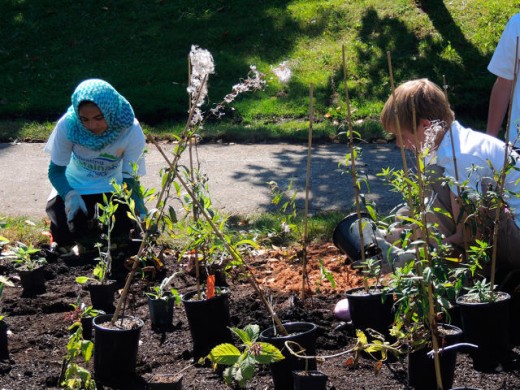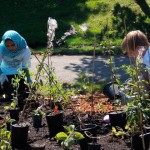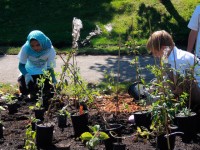The “Greenest colleges on the planet” Do greater than Put solar Panels On The Roof
Getting students to care about sustainability is the more important—and tougher—challenge.
April 17, 2015
To be the “Greenest school on this planet” in the eyes of the U.S. inexperienced building Council, it takes various sun panels on the roof. these are good, in fact. but you also wish to teach sustainability right through the curriculum and engage college students in making improvements to environmental efficiency. The greenest schools have an “all-school means,” says Rachel Gutter, director of the team’s heart for green faculties.
This year the council is giving its high award to Dunbarton highschool, in Ontario, Canada. Gutter says it exemplifies the highest-to-backside ethos, even supposing its constructing is less brilliant and vitality environment friendly than some.
“The location where green schools could make the largest impact—and where they collapse—is the level of engagement from the varsity occupants and the broader group, namely whether or not they’ve created a tradition of sustainability,” Gutter says.
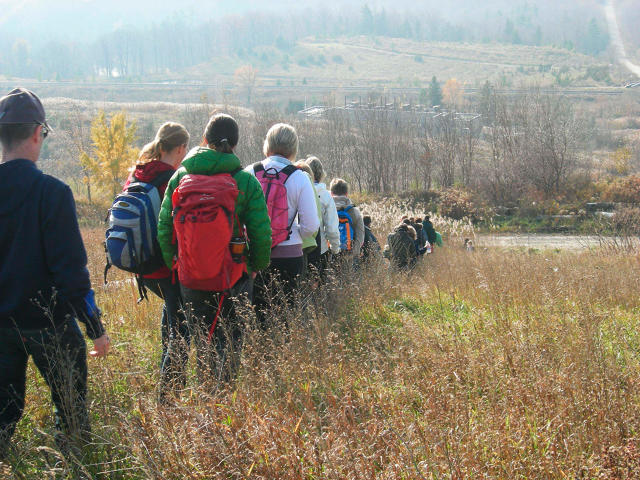
Dunbarton has a forty-seat outside lecture room (intended to deliver college students nearer to nature), a 5,000 square foot “pollinator backyard” (designed to draw butterflies and so on), and “bee condominiums” (stacks of wooden with holes to supply refuge for bugs). additionally it is put in energy environment friendly lights and windows, introduced an organic waste management application, and takes part in an Atlantic salmon restoration application. Many of these initiatives are led by students.
“some of the things we liked about Dunbarton is that so much of its activity is driven with the aid of the students and the group. We actually believe that’s the method it may be sustained and magnified,” Gutter says. “they’re also applying sustainability across various topics, from pictures and art classes to finance and math.”
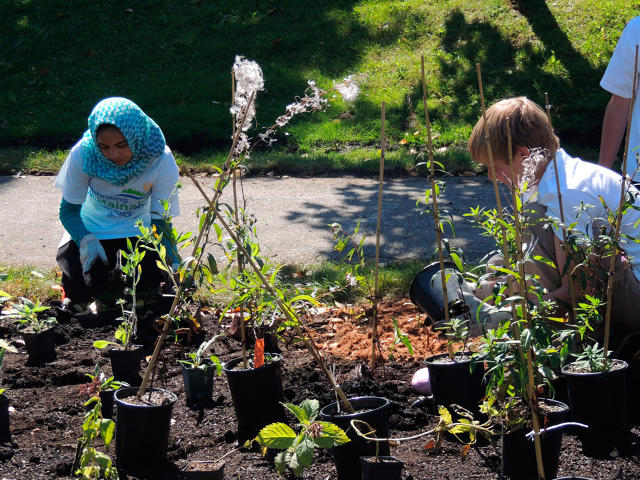
The “Greenest school on the earth” title is a little deceptive as the council does not in fact survey the planet for the perfect college. as an alternative, schools put up their own applications and a workforce of judges select those it likes most. This 12 months, faculties from 20 countries came forward and the factors encompassed three categories: how well colleges are lowering energy, water and waste; how neatly they’re enhancing well being and wellness of their surroundings; and how smartly they may be instructing environmental “literacy.” The judging is subjective and relative: schools are awarded for growth as a lot as absolute accomplishments.
The judges gave an honorable point out to Vele Secondary faculty in Limpopo, South Africa. unlike Dunbarton, which was constructed within the Nineteen Sixties, it’s a brand new faculty with its own vitality monitoring device, natural air flow, and gardens for growing meals. however it does not engage students in the same approach Dunbarton does, in keeping with Carly Cowan, center for inexperienced schools’s global application manager. “the large differentiating issue between Dunbarton and Vele is that Dunbarton’s college students showed a lot more management and initiative in making the college inexperienced,” she says.
the big level is that faculties can do so much, even with out big instruments. What matters is whether or not individuals are prepared to get entangled. “there may be at all times an available challenge to be advanced at the scholar stage or faculty and administration level,” says Gutter. “that you can start any place and transfer on from there.”
quick company , learn Full Story
(135)

